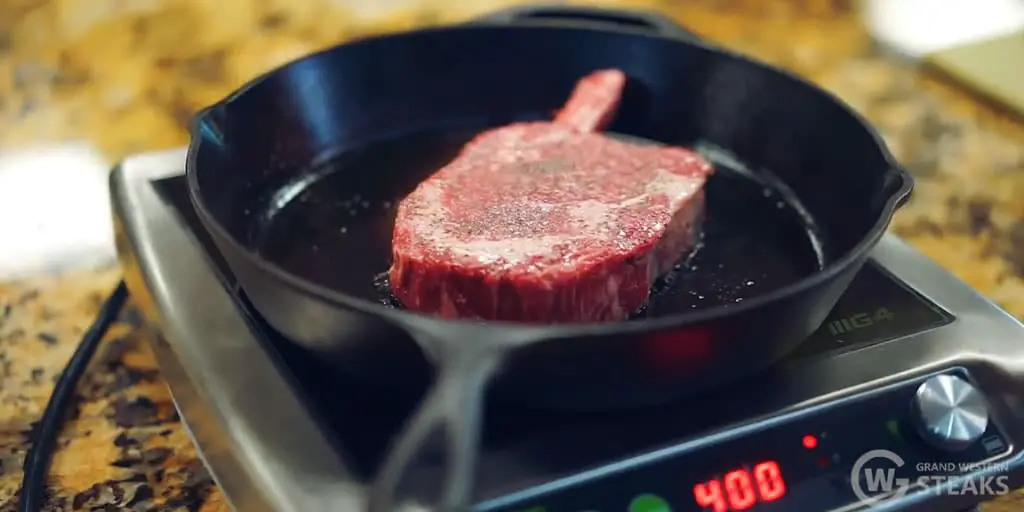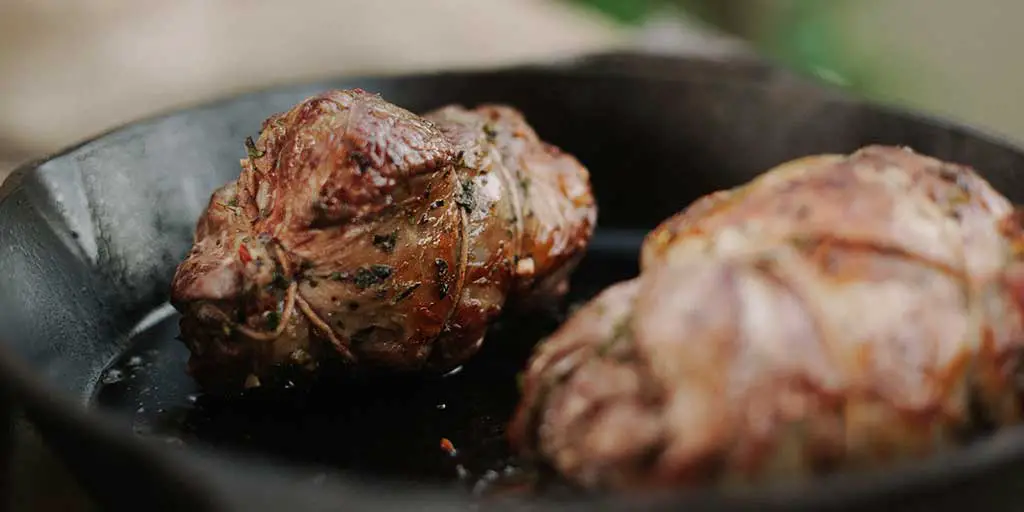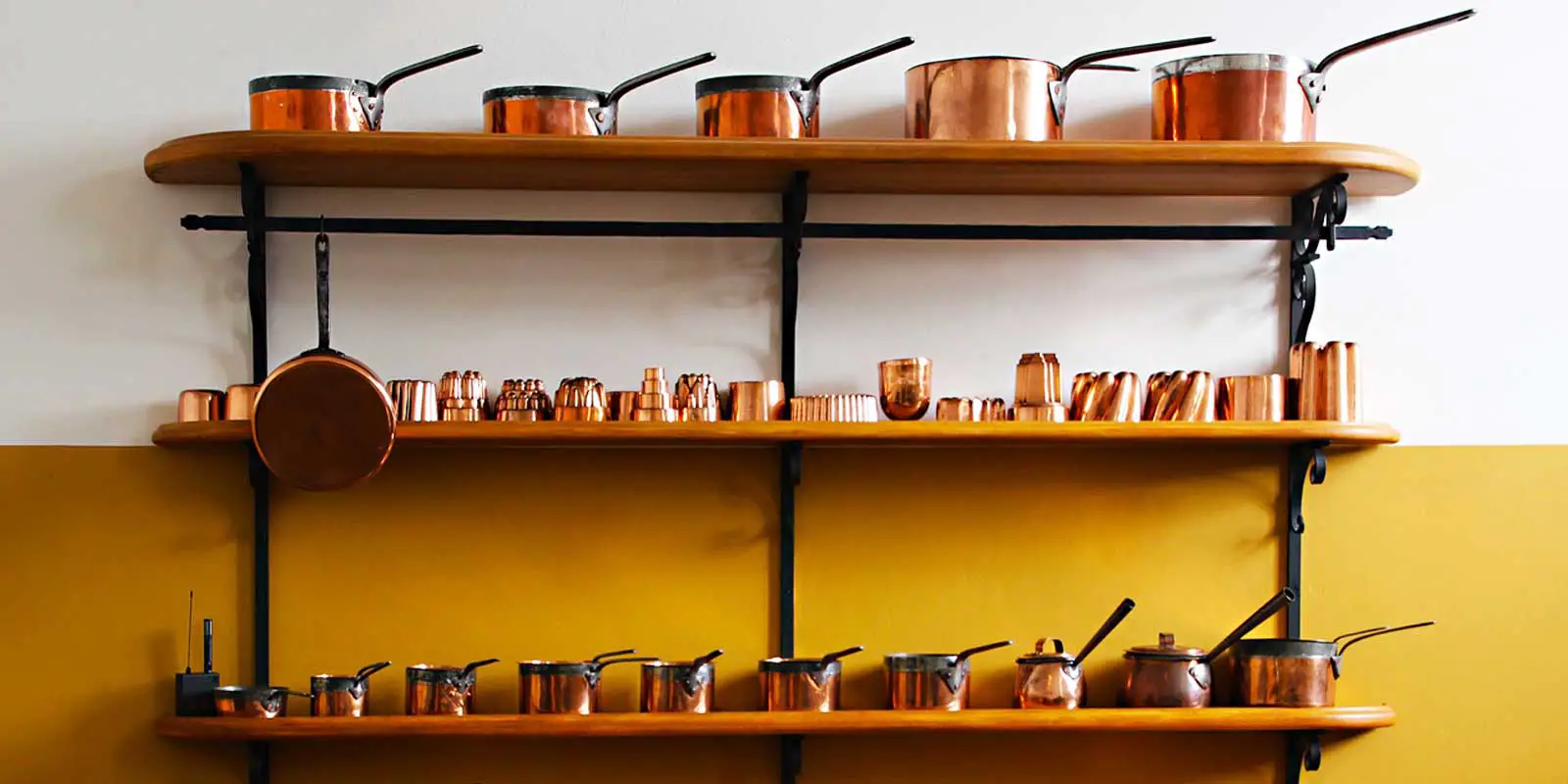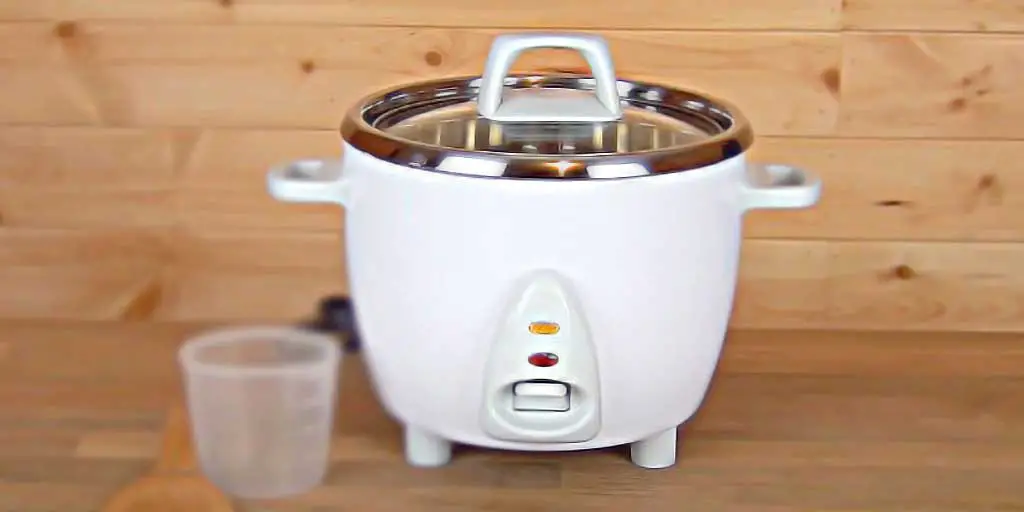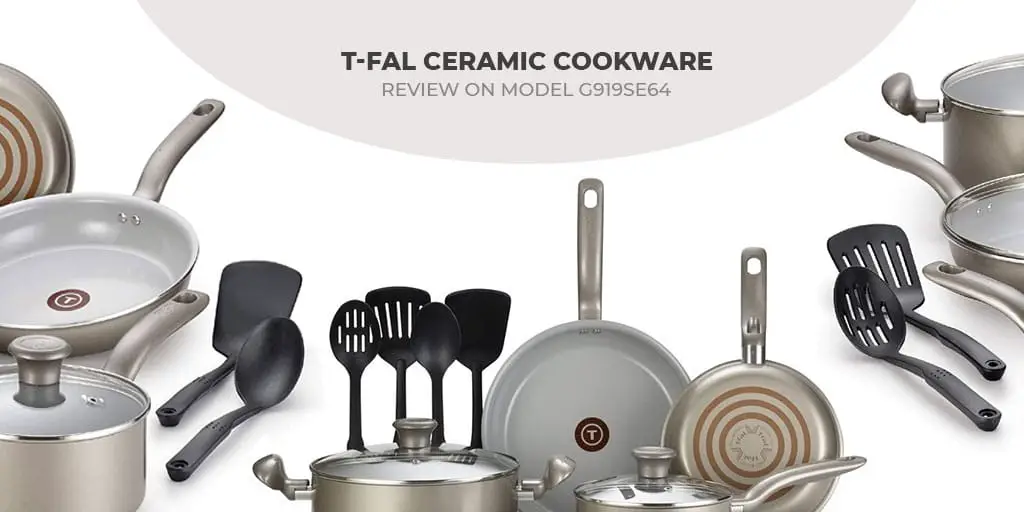Hard Anodized Cookware Vs Stainless Steel Cookware
Cooking dominates a significant part of our everyday life. From preparing breakfast to dinner each day, we put to use numerous types of utensils made up of a diverse range of metals.
Just look at your kitchen! There are iron skillets, non-stick pans, stainless steel spoons, ceramic bowls, copper woks, aluminum pots, and on and on! But with so many choices comes the question. Is there a best among them?
To answer, all these metals have their own strengths and weaknesses depending on the cooking purpose. So, there is no “one-ultimate” winner. That being said, today, however, I will stage out the age-old debate between stainless steel and anodized cookware.
I hope it will help to lessen your next best cookware purchase dilemmas even a little bit.
Knowing the Metals
Before I move on to individually differentiate and explain the characteristics of the two elements, I think it’s best to know a little bit more about the metals themselves.
Contents
What is Stainless Steel Cookware?
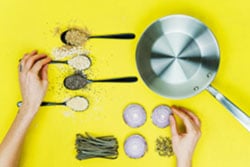
Stainless steel is basically a metal alloy composed of a small amount of chromium, nickel, silicon, aluminum, molybdenum, and carbon. With the major components being an iron-carbon mixture to form the steel itself.
The convergence of the different elements results in the stainless steel to exhibit properties such as rust resistance under high duress or prolonged use, strength, scar scratch or crack resistance, and most importantly, its durability.
All desirable features that brand it a fan-favorite with manufacturers of the cookware industry.
But what makes it more of a darling with the crowd (consumer and maker alike) is its guarantee to never affect the color or flavors of the food being cooked in it along with the cleaning convenience.
What is Hard Anodized Cookware Made of?
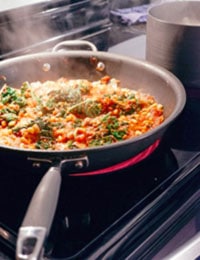
To put simply hard anodize cookware is nothing but an improved version of the already known aluminum utensils. Then why don’t we just use the old aluminum cookware?
Here is the answer. Aluminum utensils are also composed of aluminum alloy, which is generally composed of magnesium, copper, manganese, silicon, tin, and zinc.
When first introduced, aluminum utensils became very popular with the people because of their legendary lightweight property, strength, durability, and corrosion resistivity. But unlike stainless steel, one of the biggest downfalls of the aluminum utensils came with their undesirable reactivity with certain acidic foods.
From then onwards they soon lost their popularity with the crowd because of the lingering metallic taste and slight discoloration of the foods at its wake. Hence in our story arrives the knight called hard anodized cookware.
Manufacturers in trying to straighten out the inadequacy of the aluminum utensils came up with the anodization process. This process simply facilitates the surface of the metal (in this case, aluminum) to convert into an attractive, anti-corrosive, durable, anodic oxide layer (i.e., glossy dark grey surface).
End of the process manufacturers further apply a layer of non-stick coat and voila! There you have it. Improved Aluminum utensils, aka the hard anodized cookware with all the strength and none the flaws for before.
Comparisons: Stainless Steel Vs Hard Anodized Cookware
With the history, composition, strengths, and the basic dynamics are known, now let see how these two cookwares strive when set across the standardized etiquette expected of them.
Heat Conductivity
The more conductive the metal is, the greater is the cooking results in terms of both uniform heat distribution and speed. In this aspect, anodized cookware has the upper hand as they are known to highly heat conductive. Foods cooked in them come out faster with a smooth, even texture.
Other the other side, stainless steels are not very good conductors of heat. Hence, they have uneven heat distribution that results in hot spots affecting the overall texture of the food.
Non-Stick Feature
Food stubbornly sticking to the cookware surfaces is a nightmare not only in terms of a cooking hassle but also because of the rigorous cleanup routine that follows. Hence it is an important feature to consider.
Anodized pots and pans sets come with a protective non-stick layer. But some do raise the objection that the layer peels off after prolonged use or scratches easily.
Sadly, though stainless steel doesn’t come with a non-stick layer. But their stainless smooth surface in exchange can hold up on its own quite okay. Nowadays though some manufacturers coat them with copper or non-stick layer to discard this problem.
Sturdiness
Everyone likes to invest in products that are durable in nature and could sustain for a long time without losing their initial strengths or charms no matter the rough-tough-regular use.
In this regard, both stainless steel and hard anodized utensils pass with flying colors as they are highly durable, anti-corrosive, stain resistive, and lightweight in design.
Reactivity
Absolutely nobody in this world would enjoy their food reeking of the utensils in which they are cooked. The tangy sour, metallic taste or the plastic aroma (from coat emulsions) is not something that compliments the food flavor.
Hence, with both this cookware, you don’t have to fear the chances of food-metal chemical reactivity that construes these flavor interferences. But the anodized sets are a bit better at this than the stainless steel ones.
Cleanup Regime
Washing up is one of those chores that will forever remain an unpopular activity. Hence utensils that are easier to clean are coveted the best. Here stainless steel, of course, wins as they can be just thrown into the dishwashers and done with.
On the other hand, anodized ones need to be hand-washed with soft scrubber pads (never metal), and be careful not to damage the protective coating in any way.
Price Factors
We all want products that are great for doing what they promise, and yet falls flawlessly within our budget. At least we can dream, right?!
So, to say stainless steel here wins the race with their affordability for all budget types of cookware, while the anodized ones could be a bit expensive in contrast.
Final Words
From the details and comparison so far, you can see there is no definite evidence to proclaim one type of superiority over another.
As cookware has something different to offer, therefore buying them really comes down to personal tastes, preferences and cooking conveniences.
FAQs
Can I use metal utensils on hard anodized cookware?
Yes, you can use metal utensils on hard anodized cookware. The high-quality aluminum they’re made of makes them durable and sturdy enough to resist scratches. But I recommend you use silicone or wooden utensils on hard anodized cookware.
Does hard anodized cookware contain PTFE?
Hard anodized cookware is made out of aluminum. It doesn’t contain PTFE or other synthetic materials, and it’s very resistant to scratching, chipping, peeling etc.
Is hard anodized cookware best than stainless steel?
Both stainless steel and hard anodized cookware are excellent for cooking. They provide a wide range of benefits, but they also have some drawbacks that you should consider before making your final decision on what to buy.
Stainless Steel is made with pure iron mixed with other metals like nickel or chromium which make it durable enough to withstand high temperatures without corroding . Hard Anodized Cookware has been coated in aluminum oxide. This coating makes the material harder than traditional aluminum so it can resist scratches from metal utensils better than non-coated versions do!
Can you use stainless steel cookware on induction cooktop?
Yes, you can use stainless steel cookware on an induction cooktop. Since the heat transfer is conducted by magnetic fields in induction cooking, it doesn’t matter what material your pots and pans are made of.
![Best Cookware for Gas Stove in 2022 [Buying Guide]](https://verybestkitchen.com/wp-content/uploads/2020/01/Best-Pots-and-Pans-for-Gas-Stove-3.jpg)
